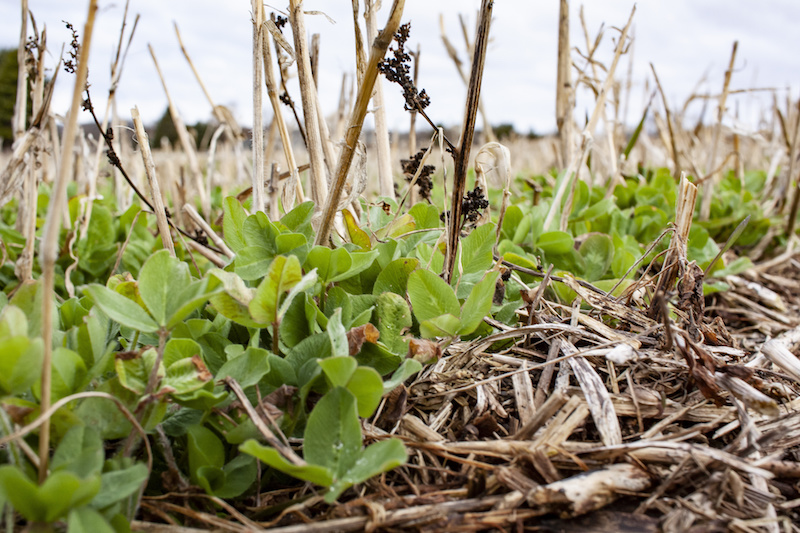(Indiana News Service) There’s good news for soil conservation efforts in a new survey by the Indiana Conservation Partnership: Farmers in the state planted roughly 1.5 million acres of cover crops this past year.
Cover crops, which can be grasses, turnips, brassicas, rye grass, or other plants, can help prevent soil erosion by anchoring roots in place and providing a food source for beneficial organisms. They can also reduce runoff from fields that leads to nutrient pollution in waterways.
Bruce Kettler, director of the Indiana State Department of Agriculture, hopes to see more cover crop acreage as the years go on.
“We’re not carrying things like nitrogen and phosphorus off of those soils,” Kettler explained. “We keep them on the field where our crops, whether it’s corn, soybeans, wheat or other crops that we grow in Indiana, can benefit from it.”
Kettler noted it is estimated cover crops prevented 1.6 million tons of sediment from entering Indiana waterways, including more than four million pounds of nitrogen and about two million pounds of phosphorus.
Drinking water with high nitrate levels can increase risk for what’s known as “blue baby syndrome,” and is linked to some cancers and thyroid conditions.
Kettler pointed out as weather patterns have changed in recent years, the issue of sequestering carbon in the soil has greater significance for farmers, and cover crops also help protect the soil in planted fields from washing away when there’s too much rain.
“You can talk to about any farmer that’s been around for a long time, and they’ll tell you that things have changed,” Kettler observed. “They really have the opportunity here with things like cover crops, reduced tillage, maybe no tillage in some cases, strip tillage, there’s a renewed interest in that.”
He added the amount of sediment kept in the soil in the last year could fill more than 450 Olympic-sized swimming pools.
The report said cover crops covered more acres than any other commodity crop, with the exception of corn and soybeans.

